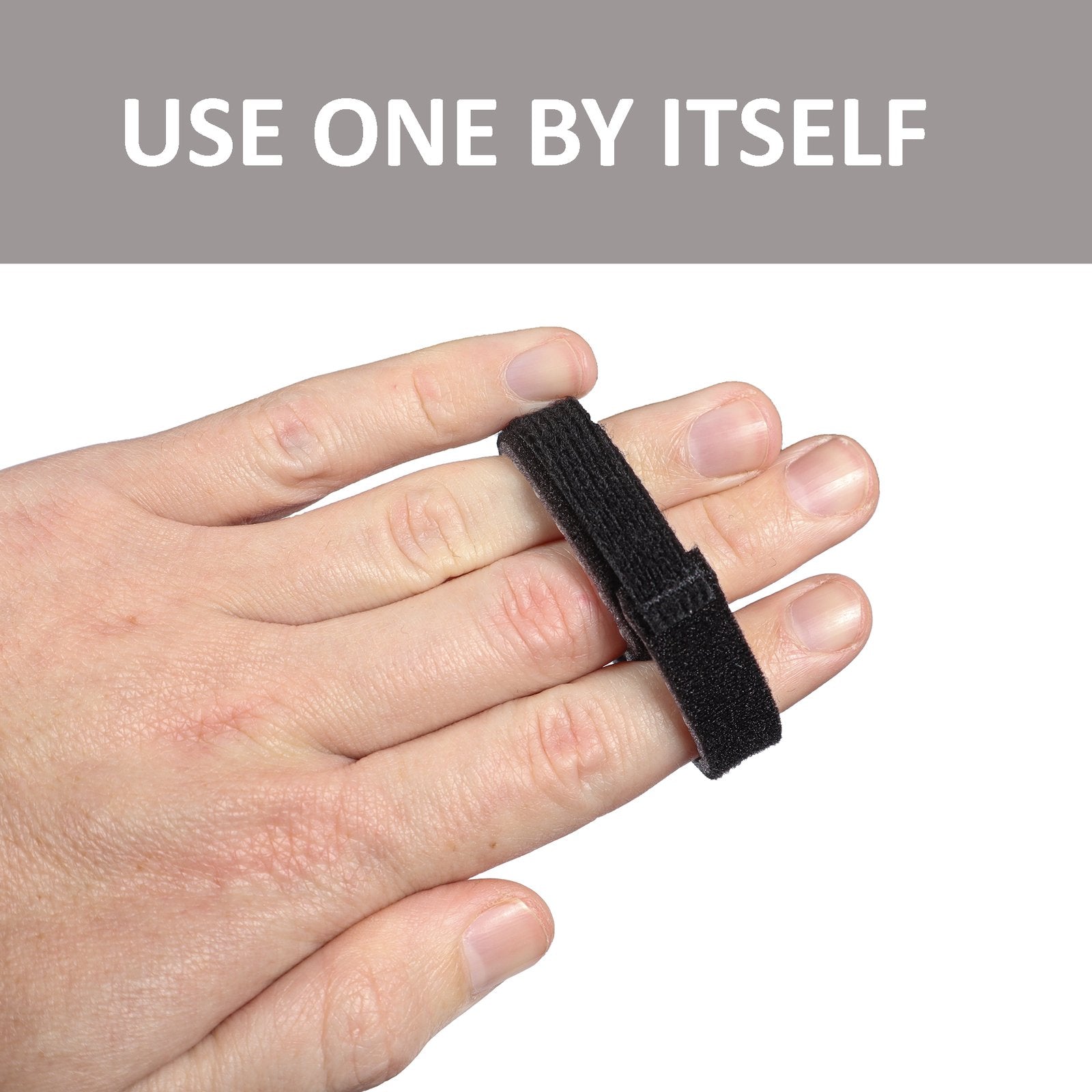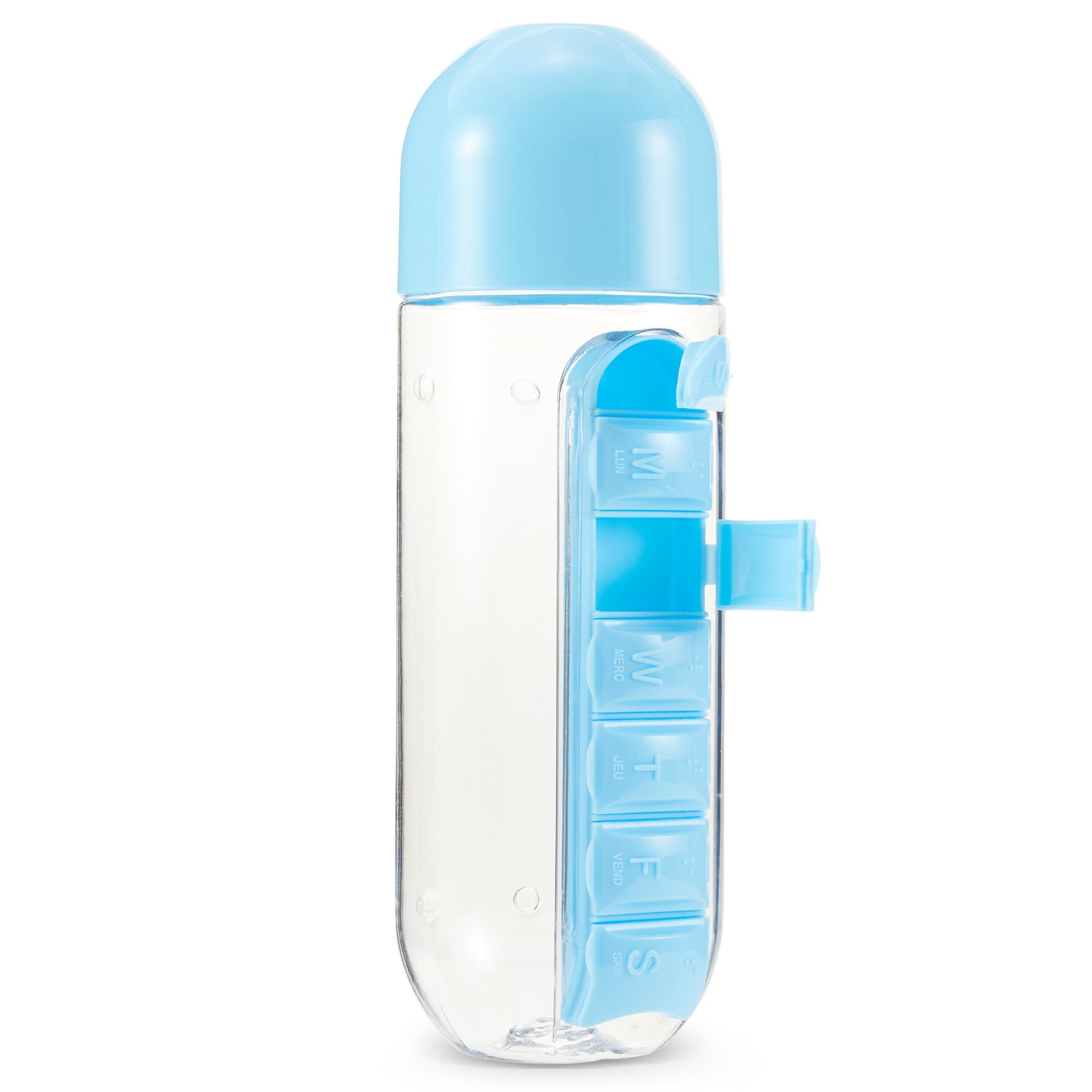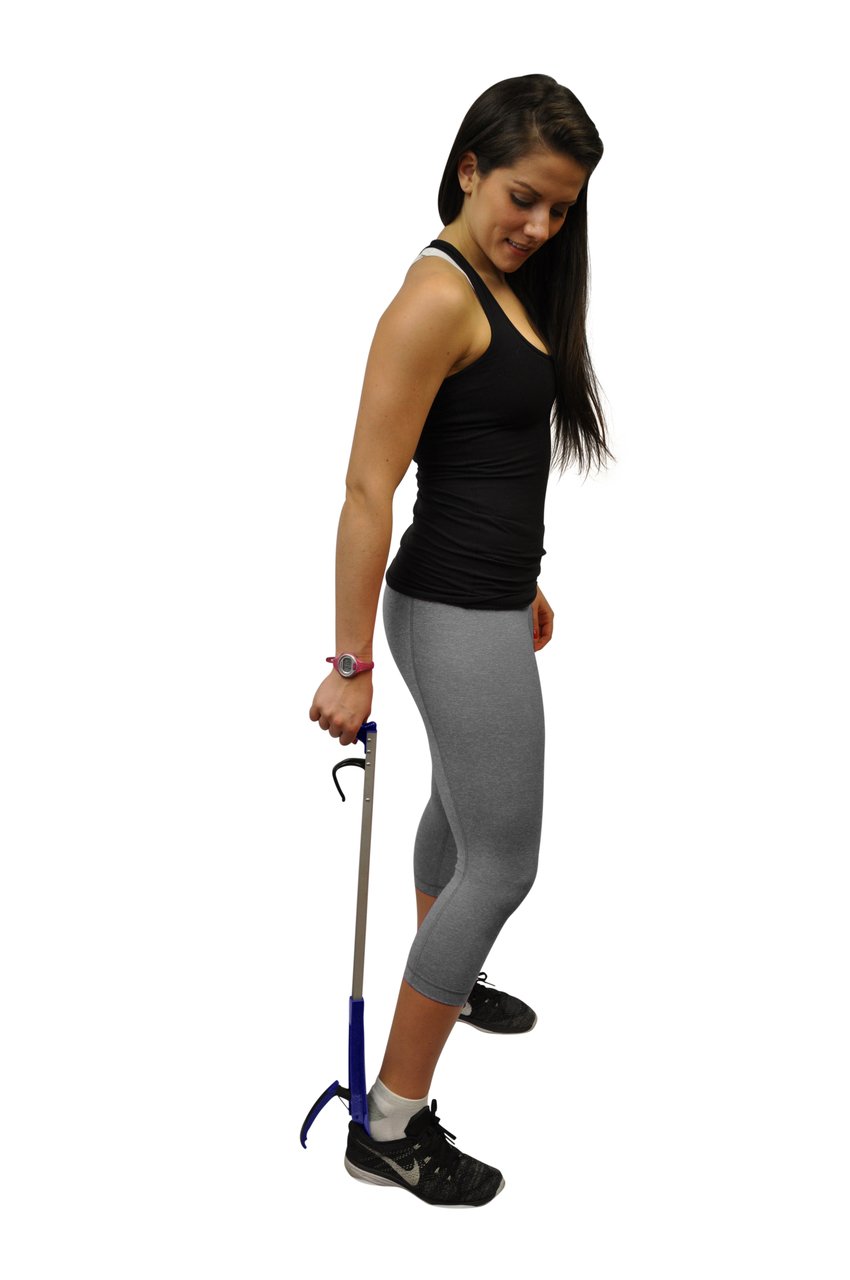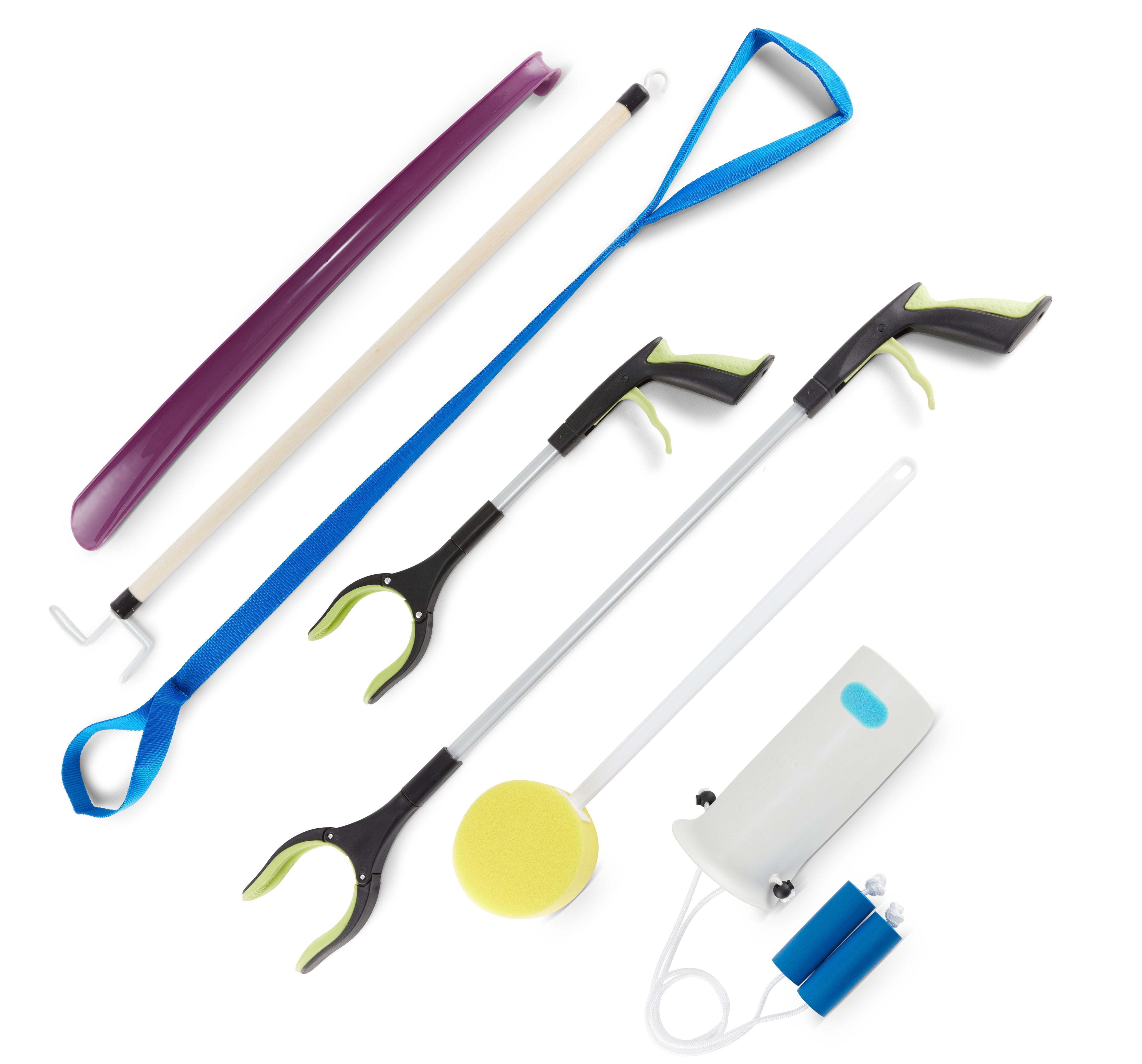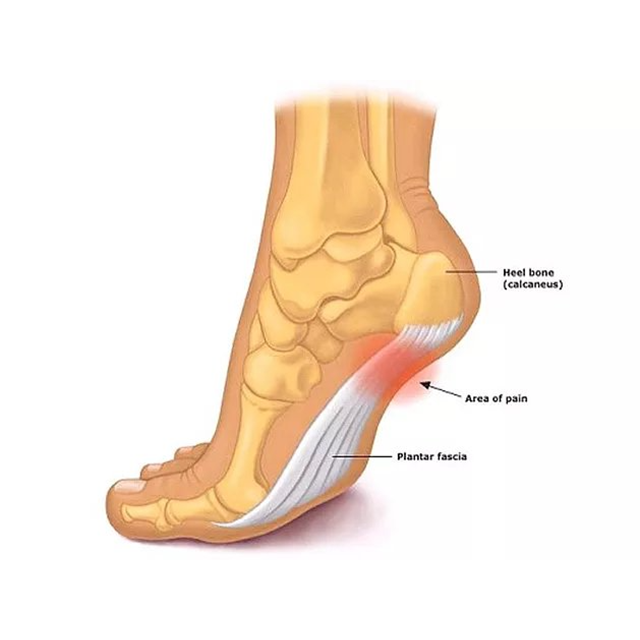
Top 10 Plantar Fasciitis Treatments For Lasting Relief
If you’re there you know it-the pain in the bottom of the foot that hits when you take your first step out of bed in the morning. And you’re definitely not alone; over 3 million Americans suffer from plantar fasciitis every day. With no clinically proven cure for plantar fasciitis many struggle as they try to find the best way to deal with the pain and resume normal daily activities.
What is plantar fasciitis? The answer to that is pretty simple: it’s an inflammation of the plantar fascia, the thick band of tissue that connects your heel bone to your toes. Stabbing pain is often felt in the heel area; the pain is at its worse upon waking in the morning.
What causes plantar fasciitis? Many factors can contribute to PF such as poor biomechanics, obesity, people who stand and walk for many hours of the day and people with stiff calf muscles, resulting in decreased flexion of the foot.
What isn’t simple is how to treat plantar fasciitis with little known about the cause of the injury and how to prevent it. While it’s common in athletes with up to 10% of runners affected by plantar fasciitis, there’s no consensus on when and why some are afflicted by the condition while others with similar routines are not.
What we’ve done is compiled a list of the top ways to treat your plantar fasciitis. While there’s no one universal fix, any combination of these tips will go a long way in getting you back on your feet and active once again.
Short Term Treatments
1. Rest: Without question the first step in treating your plantar fasciitis is rest, stopping whatever activity was the likely cause of the inflammation to begin with. The good thing about plantar fasciitis is that-when treated properly-it usually goes away after a few months. Many PF sufferers report that resting the injured foot (or feet) coupled with some minimal icing of the afflicted area can go a long way in not only relieving the pain, but also in healing the injury.
2. Stretching at home: For many the next step is to begin with a few basic stretches that can be done at home. Yaakov Golding, PT, DPT and Owner/Clinical Director of PT on PARK has been treating patients suffering from plantar fasciitis for many years out of his New York City office. Golding suggests two basic stretches for every PF sufferer: stretching the calf muscle, which can be done by standing on a step and letting your heels hang off the edge; and freezing a bottle of water that has ridges on it and roll the affected foot on the bottle back and forth for about 5-10 minutes daily.
3. Plantar Fasciitis Night Splints: Most people don’t like interrupting their daily schedules so using a night splint to treat plantar fasciitis is effective that way. The night splint keeps the patient’s ankle in a neutral position overnight, stretching the calf and plantar fascia while you sleep. Night splints are used to prevent the ankle from resting in extension which is what happens when we sleep and our bodies relax, says Golding. The downside to night splints is that it can take time to get used to sleeping with a bulky brace, making it imperative to find a high quality brace with many good customer reviews.
4. Therapy Wraps, Compression Socks and Heel Pads: This category likely has the most extensive selection of plantar fasciitis products, which is both a good and bad thing. The good: there are many non-expensive options that really work for many people. Inserting a small heel pad, or wearing a PF therapy wrap or compression socks throughout the course of the day can help heal your condition without disrupting your daily routine.
The bad? You need to make sure you’re avoiding the myriad cheap products on the market, products that don’t really work to heal the pain. Trying a couple of cheap products that don’t work will end up costing you more in the long run. Make sure to read the reviews on any product you buy.
5. Orthotics and Comfortable Shoes: Another common way to treat PF is with orthotics. Custom made orthotics can be costly and many plantar fasciitis patients have found a lot of success with high quality off the shelf orthotics, a much cheaper alternative to custom made. Coupled with a quality, comfortable shoe or sneaker they will make your daily routine more comfortable.
Longer Term Treatments
6. Weight Loss: While this should be the goal of any American carrying a few extra pounds, it is of utmost importance for overweight people suffering from plantar fasciitis. Even losing 5-10 pounds can have a significant impact in relieving the pain.
7. Physical Therapy: PT can be a very effective way to help heal plantar fasciitis. “We use multiple interventions to treat plantar fasciitis”, says Golding of PT on Park. “Modalities such as moist heat and ultrasound, and therapeutic taping are used to decrease symptoms but only give short term relief. Manual therapy such as stretching and ice massage, along with therapeutic exercises to stretch and strengthen the tight muscles and fascia are used to give more long term affects.
8. Cortisone Shots: If conservative treatments are not effective, anti-inflammatory agents can be injected by a medical doctor. However, cortisone shots only mask the pain and don’t “heal the heel”, the underlying issue still remains.
If the condition is very painful and you can’t even do any therapy this may be a good first step that would allow you to treat your plantar fasciitis.
9. Extracorporeal Shock Wave Therapy: A non-invasive procedure that may be the last step before surgery, extracorporeal shock wave therapy is believed to relieve chronic PF pain by tearing the scar tissue, which seems ironically like reinjuring the affected area. New blood vessels then form and the healing process can begin anew. This treatment is generally done for those who have been suffering with PF for close to a year. It’s a new way to treat PF; it may not be covered by your insurance.
10. Surgery: If pain persists after a number of months or even up to a year, some doctors will recommend surgery to help relieve the pain. The most common surgery is known as plantar fascia release, in which your doctor will actually cut a part of the plantar fascia to help relieve tension in the tissue. Surgery is done in only about 5% of plantar fasciitis cases; you can expect to be in a brace, cast or cam walker for about 3 weeks after surgery.

